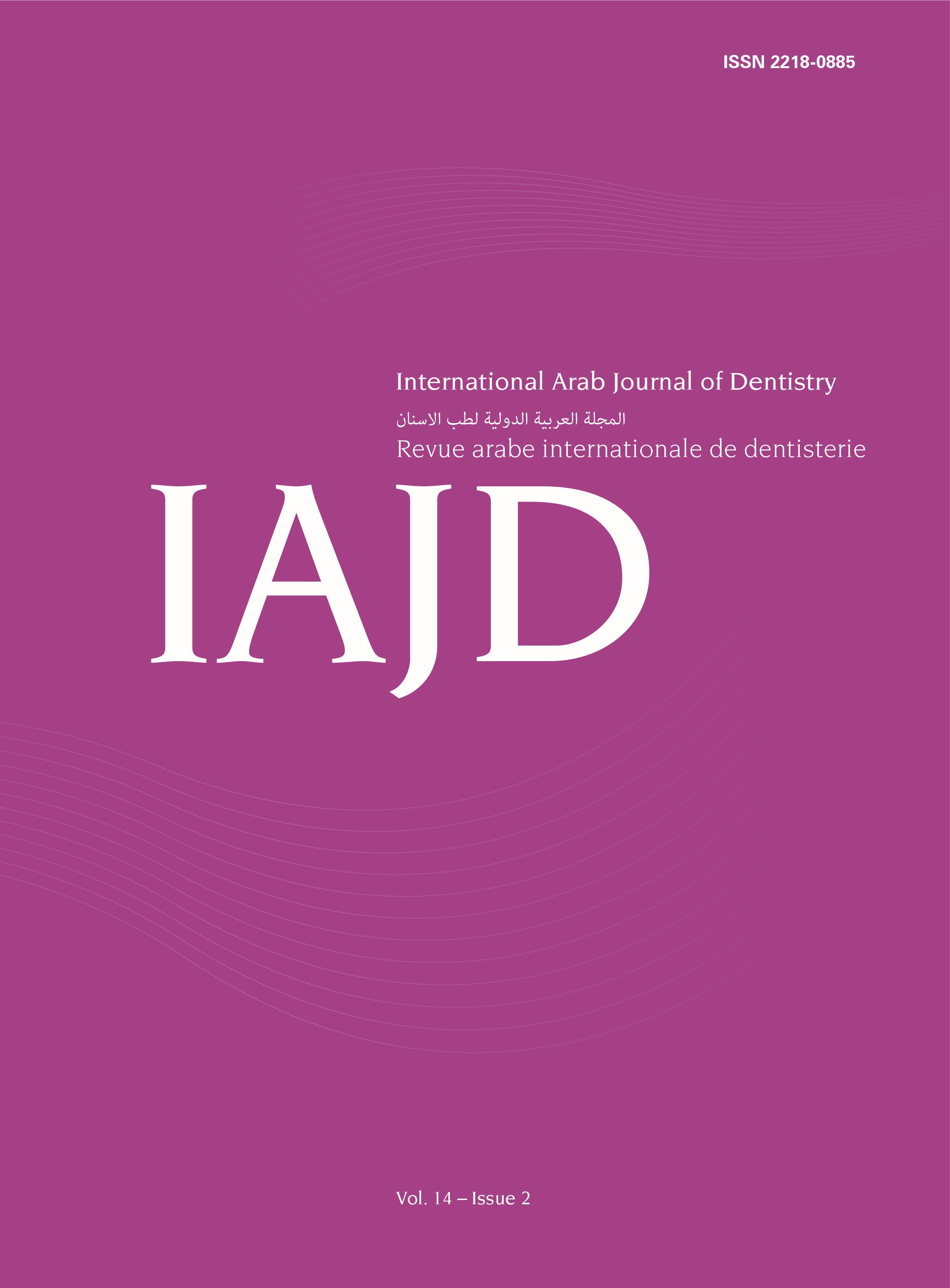Abstract
In current decade, patient’s demand of minimal orthodontic treatment have encouraged the introduction of appliance that will be lighter, improved profile and better esthetics with regard to conventional orthodontic treatment. Considering aesthetic treatment options, removable clear aligner treatment got popular among patients since it allows clinician to deliver comprehensive orthodontic treatment while maintaining comfort of patient. The aligners should exert an adequate force in order to shift the tooth to a desirable position. But, in recent times, the relation of applied force and aligner property (eg. thickness) is inadequately witnessed. This article focuses on a patient-focused framework has been formulated which depicts orthodontic movement of teeth with the help of aligners. Particularly, a finite element model is being formulated which optimizes the thickness of these aligners with respect to amount of force and moment system applied to a lower central incisor while tipping it bucco-lingually.

